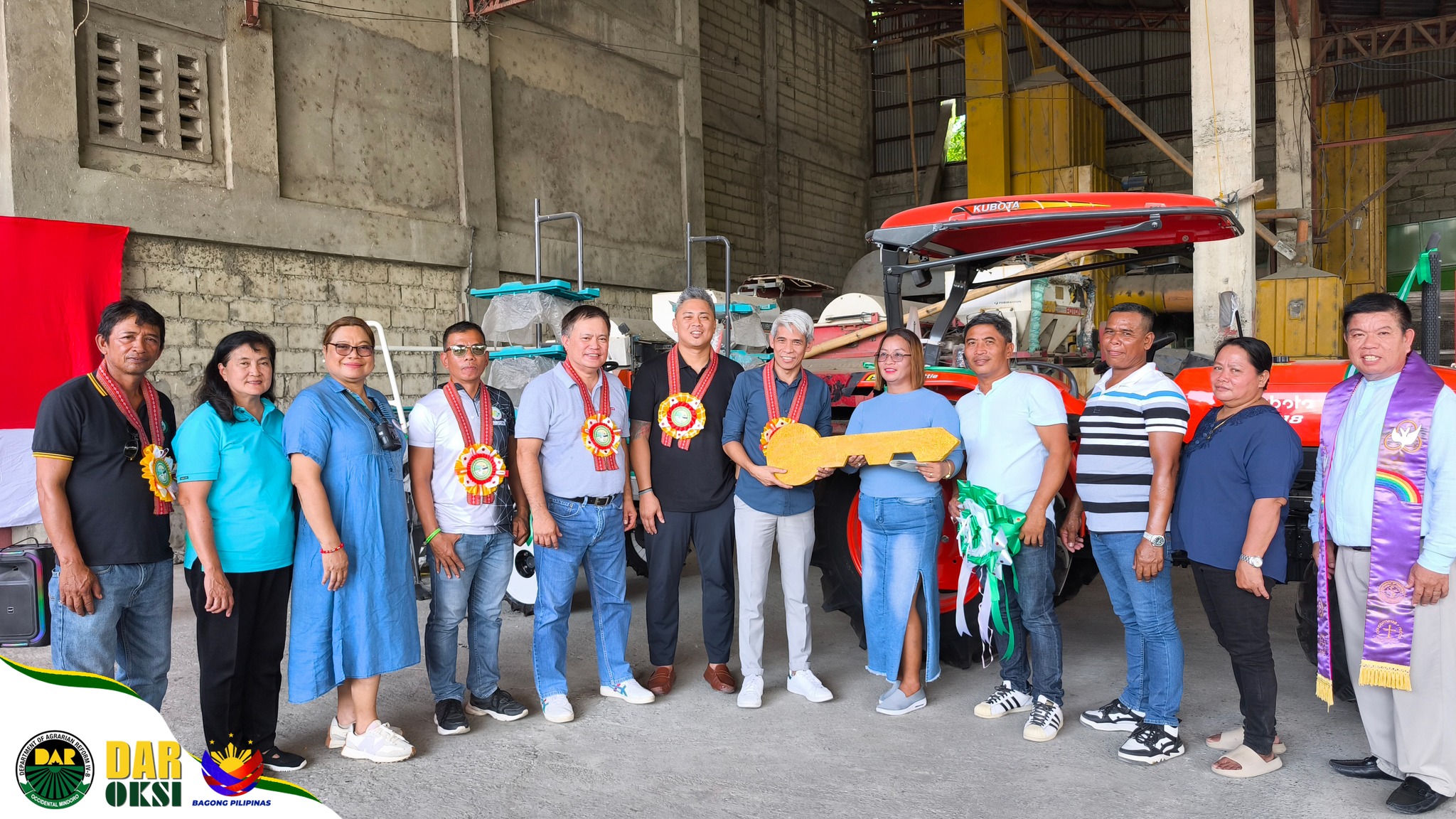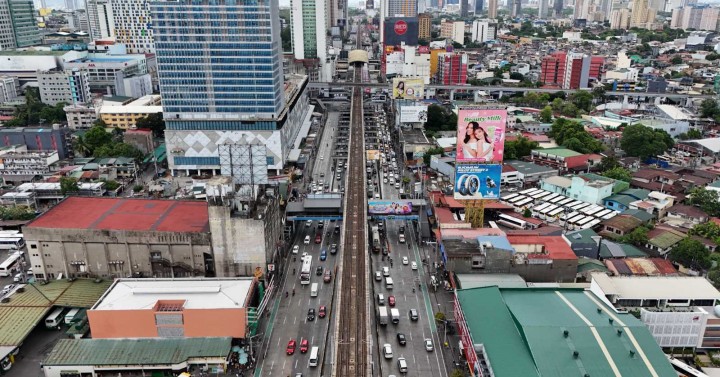EDSA Traffic Woes: Marcos Suspends Rehab to Seek 'Better Solution' for Commuters

Manila, Philippines – President Ferdinand Marcos Jr. has taken decisive action to address the ongoing traffic congestion on Epifanio de los Santos Avenue (EDSA), ordering a temporary halt to the current rehabilitation project. The move aims to reassess the implementation strategy and identify a more effective approach that minimizes disruption to commuters and businesses.
The announcement, made earlier today, comes amidst growing frustration from the public regarding the project's impact on daily travel. While the long-term goal of rehabilitating EDSA – a vital artery for Metro Manila – is widely supported, the current methods have been criticized for causing significant delays and inconvenience.
“We need to find a better way,” President Marcos stated in a press briefing. “The current rehabilitation is causing undue hardship for our people. We want to ensure that any work done on EDSA is efficient, minimizes disruption, and ultimately contributes to a smoother flow of traffic.”
What Went Wrong?
The EDSA rehabilitation project, initially aimed at improving drainage, road markings, and overall infrastructure, has faced challenges from the outset. Critics point to a lack of clear coordination between different agencies involved, inadequate traffic management plans during construction, and a failure to communicate effectively with the public about project timelines and detours. The resulting bottlenecks have led to daily gridlock, impacting productivity and adding stress to the lives of millions of Filipinos.
The 'Better Solution' – What's Next?
The suspension of the current rehabilitation allows the government to conduct a thorough review of the project’s planning and execution. A task force, composed of representatives from the Department of Public Works and Highways (DPWH), the Metropolitan Manila Development Authority (MMDA), and other relevant agencies, will be formed to explore alternative strategies. These may include:
- Phased Implementation: Breaking the project into smaller, more manageable phases to reduce the impact on traffic flow.
- Nighttime Construction: Shifting construction activities to nighttime hours when traffic volume is lower.
- Improved Traffic Management: Implementing more sophisticated traffic management systems, including real-time monitoring and adaptive signal control.
- Enhanced Public Communication: Providing clear and timely information to the public about road closures, detours, and project progress.
The government is also expected to consult with transportation experts, urban planners, and stakeholders from the business community to gather diverse perspectives and ensure that the new approach is comprehensive and sustainable.
A Call for Patience and Collaboration
President Marcos acknowledged that the suspension of the rehabilitation may cause temporary concerns, but emphasized that it is a necessary step to ensure the project’s ultimate success. He urged the public to remain patient and collaborative as the government works to find a “better solution”. “We are committed to improving EDSA for the benefit of all Filipinos,” he declared. “This is not a setback; it’s an opportunity to do things right.”
The suspension is effective immediately, and the task force is expected to submit its recommendations within [Specific Timeframe - e.g., two weeks]. The future of EDSA’s rehabilitation hinges on the ability of government agencies to learn from past mistakes and implement a more thoughtful and commuter-friendly approach.





